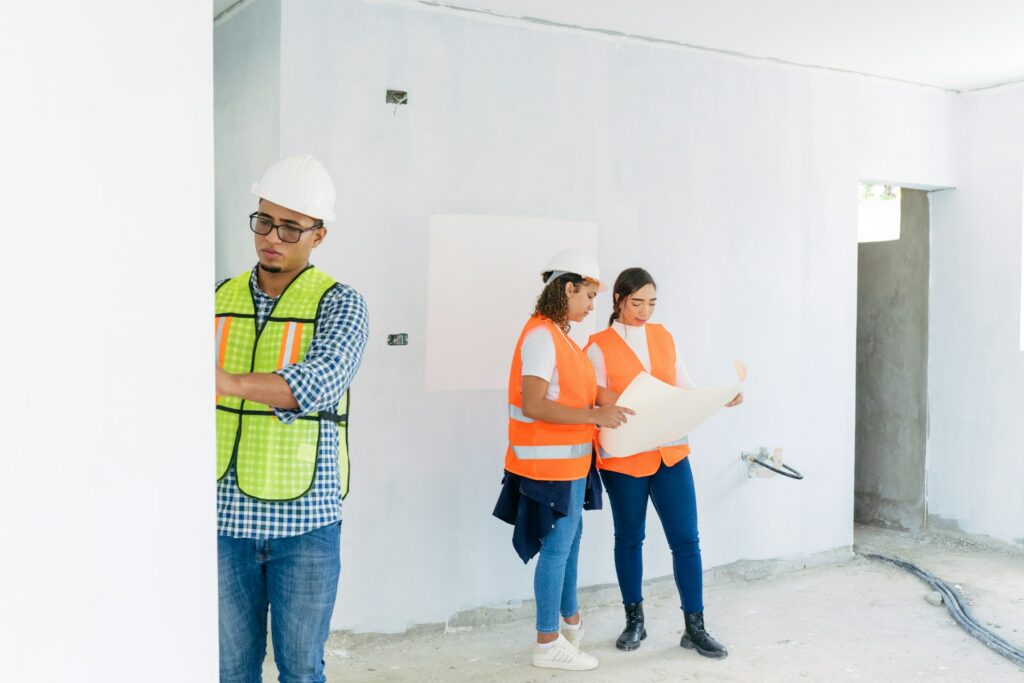As we age, staying in our own homes provides comfort and peace of mind. To do this safely, we need to make some changes to our living spaces. Aging in place means adjusting our homes to help prevent falls, make daily tasks easier, and ensure safety at every turn.
The first step is to identify areas in the home that pose safety risks. Whether it’s a slippery bathroom floor or dim lighting in hallways, recognizing these risks is essential. By focusing on specific improvements, we can create a safer environment that meets our evolving needs.
Another key aspect is modifying each room to be more accessible. Simple changes like adding handrails in the bathroom or lowering kitchen cabinets can make a big difference. These adjustments are not just about convenience; they are about maintaining independence and quality of life. By planning and implementing these changes, we can stay in our homes longer and enjoy our familiar surroundings safely.
Identifying Key Areas for Safety Improvements
In any home, certain areas pose higher risks for accidents, especially for individuals with mobility issues or disabilities. The bathroom and kitchen are two primary spaces where safety improvements can make a significant impact. We start by examining these areas to identify potential hazards. For instance, wet floors in the bathroom can lead to slips and falls, making this a priority for safety enhancements.
In kitchens, cluttered countertops and high cabinets can be difficult to reach and navigate around. We address these issues by installing lower cabinets and ensuring plenty of reachable storage space. Adding proper lighting in both the bathroom and kitchen also plays a crucial role. Bright, well-placed lights help prevent accidents by improving visibility. By focusing on these high-risk areas, we can significantly enhance the overall safety of your home.
Essential Modifications for Each Room
Each room in your home has its unique set of needs when it comes to safety and accessibility. In the bathroom, one of the most important modifications is adding grab bars near the toilet and in the shower or bathtub. These provide support and stability, reducing the risk of falls. Installing a walk-in shower or a walk-in bathtub can also make bathing safer and more convenient.
In the kitchen, consider installing pull-out shelves and lazy Susans in cabinets to make it easier to access items without bending or stretching. Lever-style handles for faucets and doors are easier to use than traditional knobs. In the living areas, ensuring that pathways are clear of obstacles and that furniture is arranged to allow easy movement is essential. Adding handrails on both sides of staircases can provide extra support. By making these essential modifications in each room, we create a safer, more accessible living environment for everyone.
Selecting the Best Materials for Durability and Safety
Choosing the right materials is crucial for creating a safe and durable home environment, especially when planning to age in place. Flooring, for example, should be both slip-resistant and easy to maintain. We recommend materials like cork or vinyl that offer a bit of cushioning to reduce the impact of falls. Higher durability options, such as hardwood, can also be considered if slip-resistant finishes are applied.
Countertops and cabinetry should be sturdy and accessible. Granite and quartz are excellent countertop choices due to their durability and low maintenance. Cabinets should be mounted at accessible heights with easy-to-grip handles. Opt for materials that can withstand heavy usage and are resistant to mold and mildew, ensuring a healthier living space for years to come.
Planning for Future Needs and Upgrades
Planning for the future is an essential part of remodeling for safety and comfort. Think ahead about how your needs might change over time. For instance, consider installing wider doorways and hallways to accommodate mobility aids such as wheelchairs or walkers. It’s easier and more cost-effective to make these changes during a major remodel rather than doing them piecemeal over the years.
Installing smart home technology can provide added convenience and safety. Voice-activated lighting, smart thermostats, and security systems can help make your home more manageable and secure. These features allow for easy adjustments without the need for manual action, which can be particularly beneficial as mobility decreases.
Conclusion:
Creating a safe and comfortable living space for aging in place involves careful planning and thoughtful choices. By identifying key areas for safety improvements, making essential modifications in each room, selecting durable and safe materials, and planning for future needs, we can help ensure that your home remains a haven for years to come.
Our goal is to make every step as smooth and stress-free as possible, helping you with insurance claims, clean-up, and ensuring everything is up to code. If you are ready to start your journey toward a safer and more comfortable home, contact us at BMR Homes Inc. Remodeling and Restoration. Let our restoration and remodeling in Hoover, AL help you make your home the perfect place to grow older safely and comfortably.

